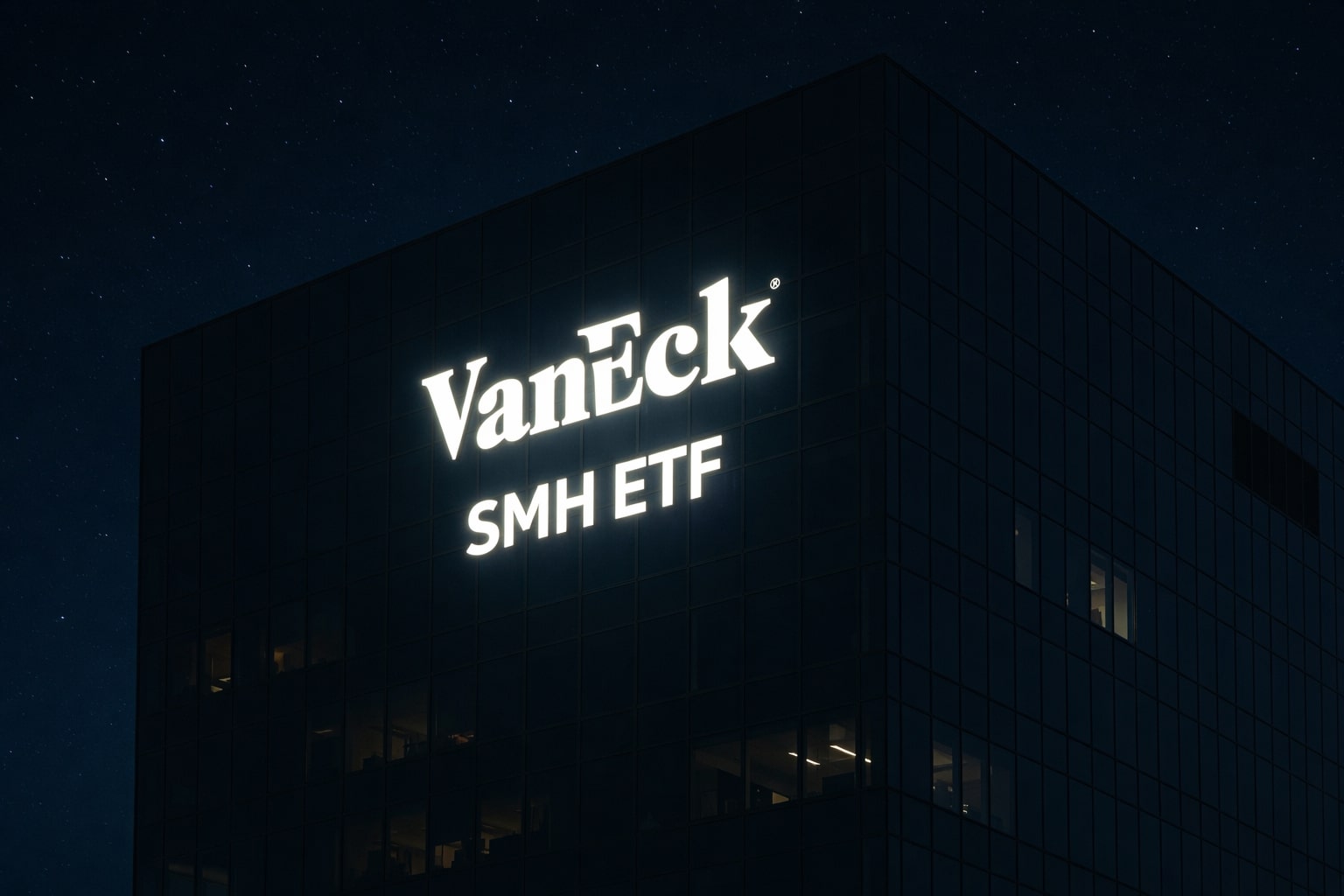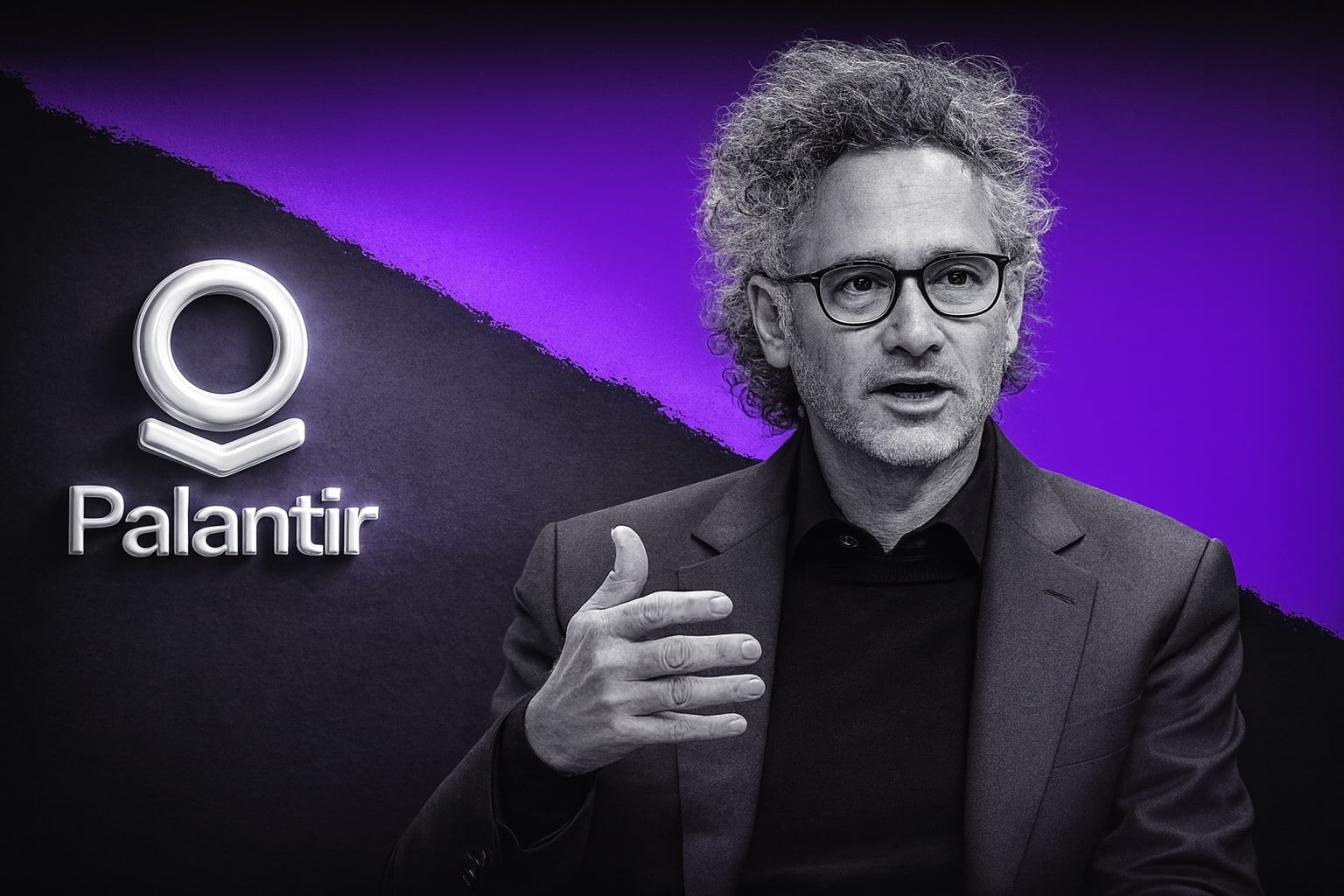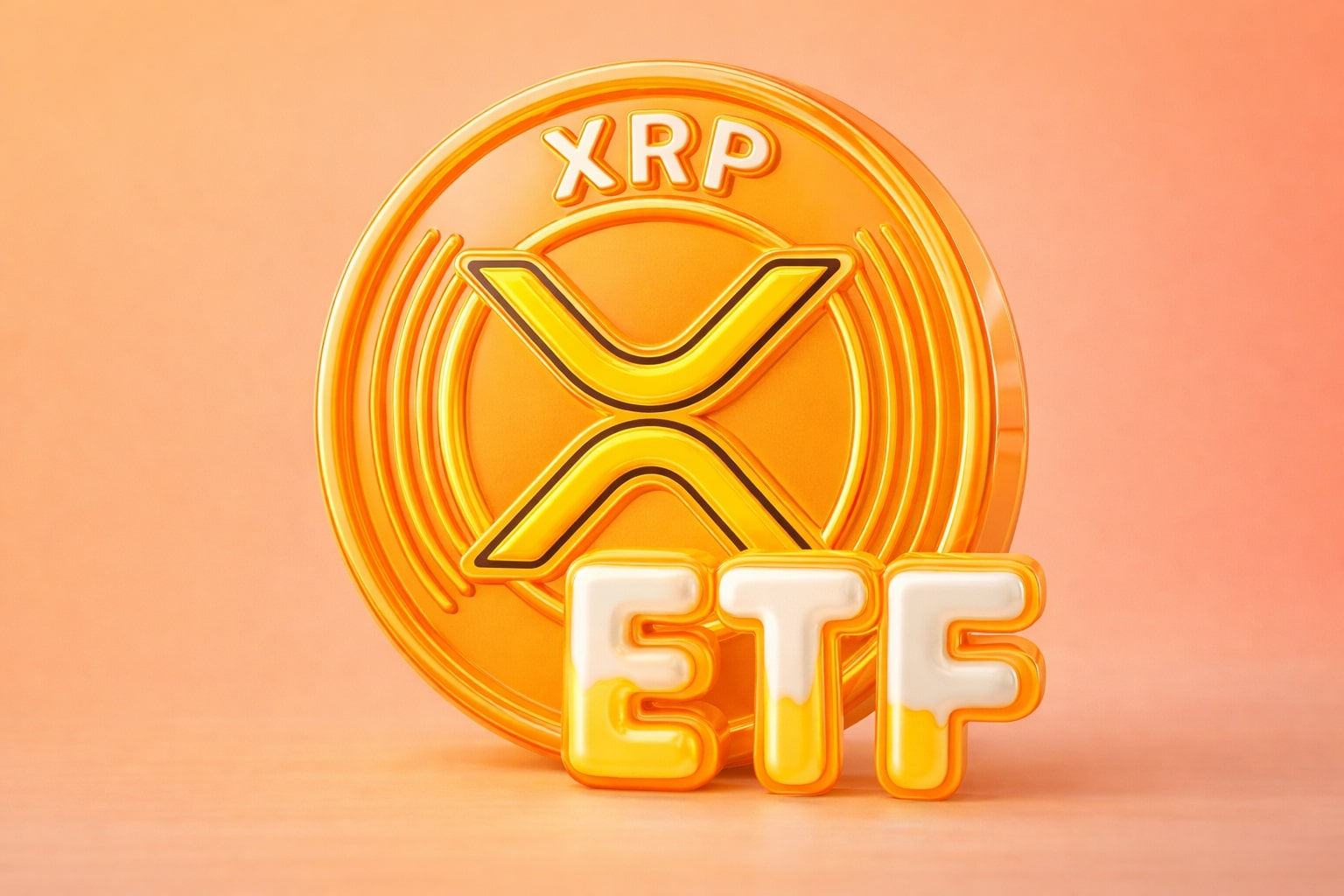
NVDY ETF Offers Tactical Income Amid Nvidia Volatility With 94% Yield Potential
YieldMax’s NVDY Turns Nvidia’s Wild Swings Into Monthly Cash Flow—But Is It Sustainable? | That's TradingNEWS
NVDY ETF Leverages Volatility To Deliver Tactical Income With High Yield Potential
The NYSEARCA:NVDY ETF, designed around a synthetic income strategy tied to Nvidia (NASDAQ:NVDA), currently trades near $16.52 with a trailing yield of 94.07%, having distributed $15.48 over the past twelve months. Since inception, NVDY has paid a staggering $31.68 in income against a declining NAV, creating a total return of 141%, despite the price falling 17.4% from $20 to current levels. This rare dynamic reflects its high-risk, high-yield profile: a strategic tool for investors who anticipate short- to medium-term flat or bearish moves in NVDA.
Unlike direct exposure to NVDA, which surged from $28.58 to $155.11 (a 442.72% gain), NVDY generates yield by selling covered calls on a synthetic NVDA position. That means it sacrifices upside to deliver cash returns via premiums. The option premiums depend on NVDA volatility, and when the tech stock rallies sharply—like its recent 74.93% gain off April lows—NVDY caps most of that growth. However, it compensates investors with monthly payouts, averaging $1.22, that exceed many traditional income strategies.
High Yield, But Not Market-Agnostic: What NVDY’s Payouts Are Costing You
From a structural standpoint, NVDY uses a synthetic covered call approach—buying NVDA call options and selling puts to mimic long exposure, then writing calls to generate monthly income. These short calls are typically near-the-money or up to 15% out-of-the-money, limiting participation in sharp rallies. That cap cost is real: NVDA’s explosive move upward cannot be captured by NVDY beyond the strike level.
Drawdowns still occur. During the recent tariff-driven pullback, NVDA dropped nearly 30% while NVDY fell 26%, highlighting that the ETF isn’t immune to volatility. It softens the blow—thanks to premium collection—but does not neutralize it. Therefore, the product is best positioned for investors who are cautious near NVDA tops and want to extract income while waiting for re-entry opportunities.
Distribution Engine And Risk Balance Make NVDY A Tactical Income Weapon
The monthly income NVDY generates is not theoretical. In the most recent month, investors received $0.67 per share. A user who purchased 500 shares at $15.46 in May would have gained $336.05 in income within weeks—a 4.35% monthly yield. Combined with a modest capital appreciation to $16.52 (+6.86%), the total return over a single month stood at 11.2%.
The key advantage here is efficiency. Investors who struggle to manage covered calls manually on NVDA can use NVDY to offload that complexity. The fund's managers handle the timing, premiums, and rolling strategies. This ease comes at the cost of growth—but for those valuing passive, high-yield income over capital appreciation, it’s a powerful tool.
NVDY Versus Covered Calls: A Behavioral Hedge For Nvidia Investors
Many long-term NVDA holders attempt to boost income via self-managed covered calls. But the explosive nature of NVDA’s price action often renders this risky. Out-of-the-money calls become in-the-money rapidly, forcing holders to either let shares be called away or scramble to roll them forward. This creates inefficiency, stress, and often missed upside.
NVDY eliminates this friction. With 26 consecutive monthly distributions, and consistent returns that meet or exceed its stated objectives, it has become a preferred vehicle for many looking to harvest Nvidia's volatility without active management. It also lets investors lock in cashflow now and potentially re-enter NVDA directly at lower prices after market corrections.
Not A Buy-And-Hold: NVDY Is For Timing Nvidia’s Tops
Let’s be clear: NVDY is not a permanent core holding. It’s an instrument best used in post-rally or flat periods when NVDA is richly valued or extended technically. When NVDA consolidates or declines, NVDY shines. But during explosive moves higher, NVDY lags badly.
Even so, the average investor using NVDY tactically—entering after NVDA rallies, collecting distributions, and exiting before major upward moves—can produce substantial cash income. And the synthetic nature of the fund allows it to stay capital-efficient while funneling returns into monthly payouts.
Verdict: BUY For Yield-Seekers With Flat Or Bearish Nvidia Outlook
NYSEARCA:NVDY is a BUY for tactical yield seekers who expect Nvidia to flatten or consolidate. With a current yield near 94% and average monthly distributions of $1.22, it offers elite income potential in exchange for limited upside capture. Investors should not use it as a replacement for NVDA but rather as a supplement during periods of overbought conditions or volatility peaks.
New investors at $16.52 can potentially recover their entire principal in cash within 13 months if current trends hold. That kind of yield—paired with a repeatable strategy and managed risk—is rare in today’s ETF landscape. But timing is critical. This is not a long-term anchor, but a rotating tactical income engine tied directly to Nvidia’s volatility profile. Use it wisely, and NVDY can turn income into strategy—not just yield for yield’s sake.
That's TradingNEWS
Read More
-
SMH ETF: NASDAQ:SMH Hovering at $350 With AI, NVDA and CHIPS Act Fueling the Next Move
16.12.2025 · TradingNEWS ArchiveStocks
-
XRP ETFs XRPI and XRPR: Can $1B Inflows Lift XRP-USD From $1.93 Back Toward $3.66?
16.12.2025 · TradingNEWS ArchiveCrypto
-
Natural Gas Price Forecast: NG=F Falls to $3.80–$3.94 as Warm Winter Kills $5.50 Spike
16.12.2025 · TradingNEWS ArchiveCommodities
-
USD/JPY Price Forecast - USDJPY=X Slides, BoJ 0.50% Hike, Fed Cut and NFP Set the Next Big Move
16.12.2025 · TradingNEWS ArchiveForex


















